Tune in a Popular London Style
-
Ships in 3 to 4 weeks
Details
Description
SKU: CN.10891
Composed by Percy Aldridge Grainger. Arranged by B. Kopetz. Band Music. Score only. Duration 3:15. Published by C. Alan Publications (CN.10891).An air with a 'Music Hall' flavor embodying the London blend of gaiety with wistfulness so familiar in the performances of George Grossmith, Jr., and other vaudeville artists.
Tune in a Popular London Style was 'An attempt to write an air with a 'Music Hall' flavor embodying the London blend of gaiety with wistfulness so familiar in the performances of George Grossmith, Jr., and other vaudeville artists. It consists of two strains, like the solo and chorus of music-hall ditties. The musical material, composed in London, dates from about 1912, and was worked out and scored during the winter of 1915/16 in New York City and in railway trains. (Notes derived form 'A Source Guide to the Music of Percy Grainger,' ed. by Thomas P. Lewis.) While residing in London in 1915, Grainger and his mother made a quick decision to leave London. The Great War had just begun, and Rose Grainger worried about her son's career prospects if they remained in London. They boarded the Cunrad ship Laconia in Liverpool and reached Boston on September 8, 1915. Grainger merged into the musical life of New York City and began performing at the piano, earning him a wide reputation. Sixteen concerts were booked for New York with the leading orchestras, as well as numerous solo recitals. Other performances were scheduled in Philadelphia, Minneapolis, Boston and the Chicago orchestras. In the first season in America, Grainger's works received approximately one hundred performances, though Grainger was only invited to conduct but once. Although the success he was receiving as a pianist was unlike anything he received in Europe, he saw that his success as a performer was in danger of denying him any critical acclaim as a serious composer. As his career began to flourish, the need for increased travel became a necessity. Whenever Grainger traveled, he took the train. He loved railways, as they gave him the space to spread his manuscripts out and compose. He always traveled second class, and rarely took a sleeper, preferring to sleep sitting up. He would occasionally depart the train one station early and give the difference in fare to a local charity. It was partly during these trips on the train that Grainger scored In a Nutshell. In June of 1916, Grainger was invited to take part in the Norfolk, Connecticut Festival of Music. It was for this performance that he scored and put together an orchestral suite which he entitled In a Nutshell. Some of the sketches for the piece went back to 1905, and the suite was eventually published in four movements, the final movement being the well-known 'Gum-Suckers March' (originally entitled 'Cornstalks March-). Despite the mood of jollity of the suite, it is serious in intent and contains some of Grainger's most characteristic scoring. The first performance was conducted by Dr. Arthur Mees and Grainger was paid $500 for producing it. (Notes derived from 'Percy Grainger' by John Bird).
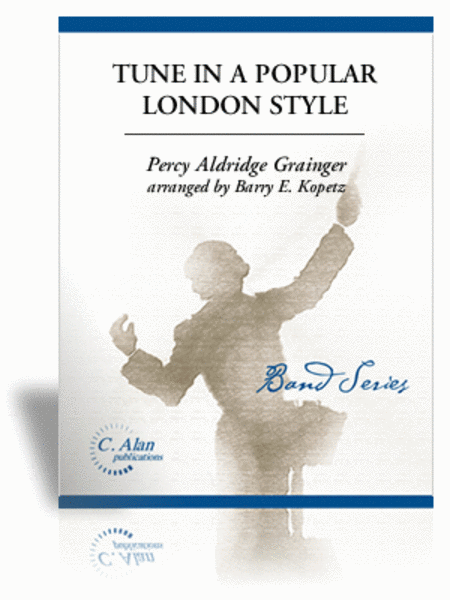
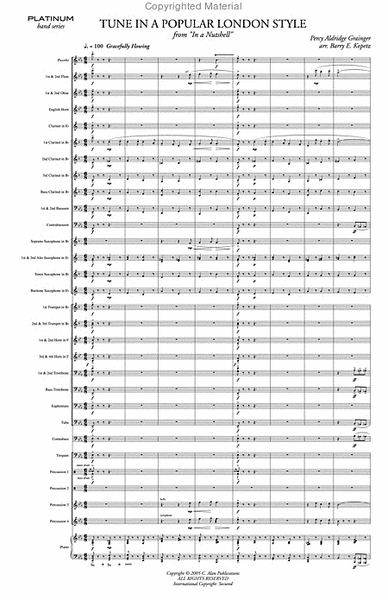
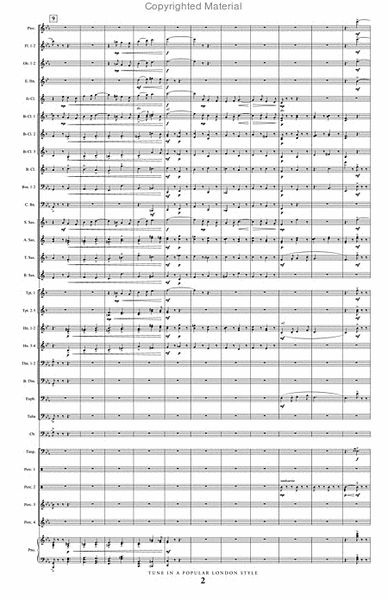
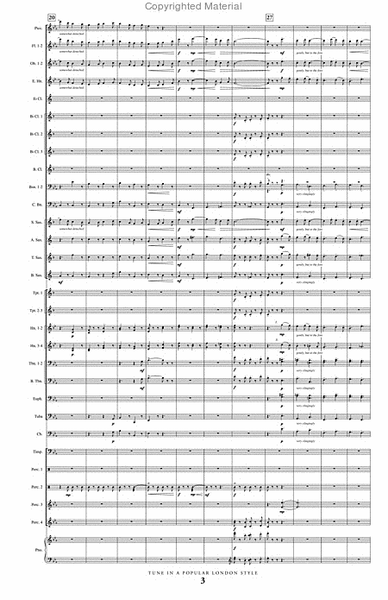
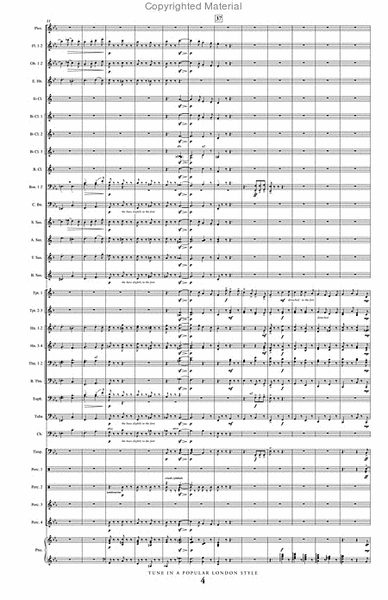
 Share
Share